The Collection of Renate and Tono Dreßen
Collectors of 18th century European decorative arts have become rare nowadays; a fact that applies to furniture, clocks, glass, faience, stoneware, gold, silver, and porcelain alike. In recent years, many German decorative arts museums have increasingly begun to put their historic collections into storage in order to focus more on different areas such as fashion.
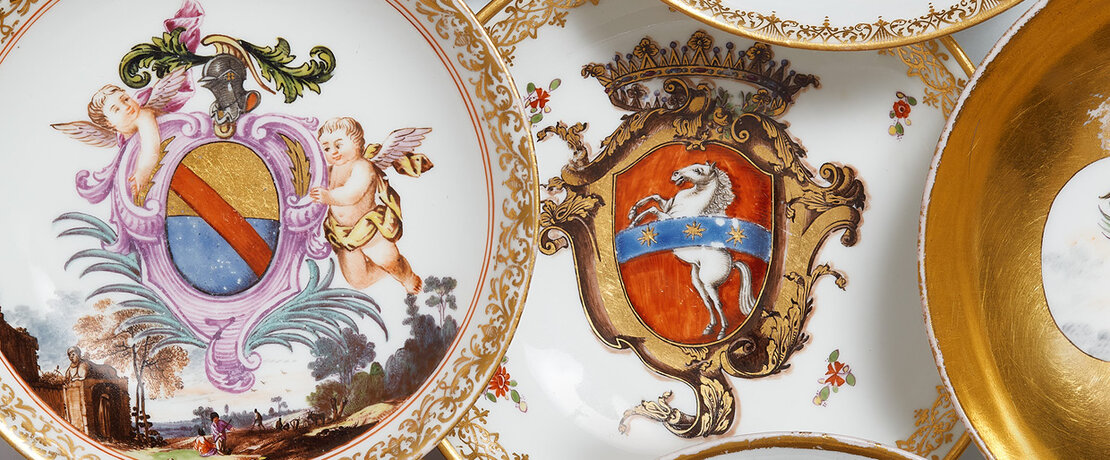
This tendency was accompanied by the same hype for contemporary art and overvaluation of contemporary art and design seen elsewhere. Should it not belong to the key activities of these museums, which house so many decorative arts treasures from the past, to swim against these currents? Is it not a major part of their often-cited educational mandate to impart information about the works they exhibit? Those who study the catalogues of the major auction houses attentively will notice not only falling prices, but also an ever diminishing offer of historic decorative arts. This decline in interest in turn leads to a decrease in decorative arts exhibitions being held by museums, and books with the results of new research – for example those on Meissen porcelain – can only be published with the help of sponsors.
It was an entirely different story in the decades following WWII. Germany’s gradual economic recovery allowed many of its businesspeople to lead a cultured lifestyle, of which art collecting formed an integral part. The construction branch profited especially from the rebuilding of the country’s demolished cities, reaching new heights of wealth that demanded ostentation. Dr. Ernst Schneider, an industrialist who had already begun collecting 18th century Meissen porcelain prior to the war and greatly increased his collection after it, became a role model for many collectors. He described the importance that art collecting had in his life like no other, “It is not good to think only in terms of usefulness, that eventually leads to one-sidedness and sterility. It is essential for one’s mental health to integrate culture into one’s personality as a counterbalance and as another important facet that both constitutes and forms character.”
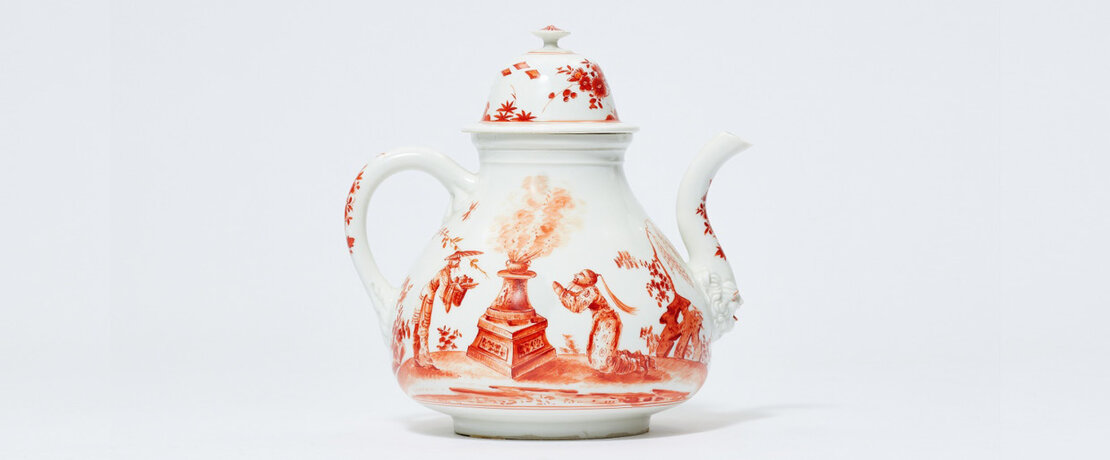
Like that of Ernst Schneider, porcelain also held pride of place in the collection of the Münster-based building contractor Tono Dreßen and his wife Renate Dreßen that formed a cultural enrichment to their lives. The gift of a historic Meissen coffee cup from one of Renate Dreßen’s uncles formed the foundation for their interest in the history of Europe’s oldest manufactory of hard paste porcelain, which started with an invention of the alchemist Johann Friedrich Böttger in Dresden in 1708. The researcher’s stroke of luck in finding just the right recipe for the creation of porcelain, which was long produced solely by the Chinese, still exerts a strong fascination to this day. In many people it provokes a longing to partake in this ingenious invention indirectly by owning an early piece from the Meissen manufactory, to enjoy its beauty and perfection every day. It was the greatest achievement of the artists at Meissen to imbue the simple white form with a highly artificial appearance and a miniature painting surrounded by finest ornaments in gold and polychromy. Early Meissen porcelain is characterised by a seemingly endless variety of forms and décor – from copies of east Asian prototypes to independent creations – enough to quickly incite passion in the sensually inclined.
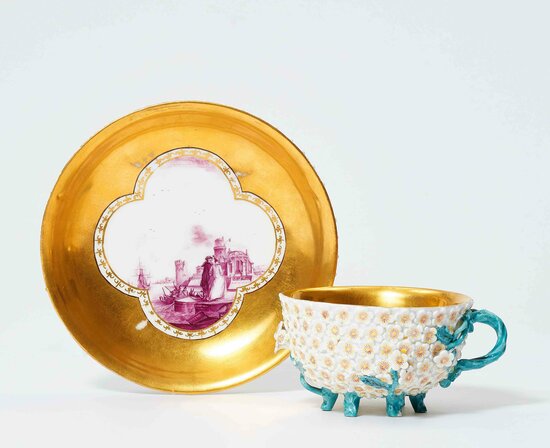
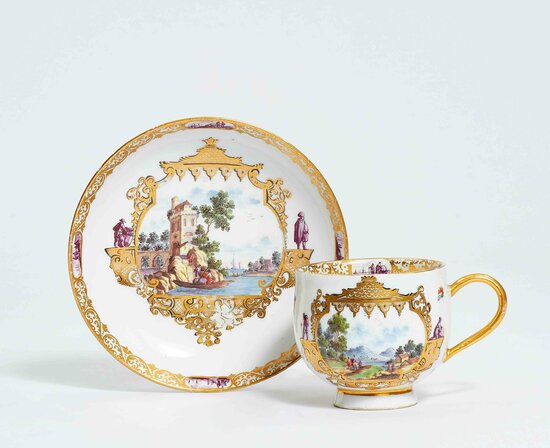
It was often difficult for the collector couple to decide between one lucrative offer and another. Many people’s initial idea is to collect only the best of the most beautiful, but very soon they realise that this is often neither idealistically nor practically possible. Like a hunter, one must wait patiently for one’s chance. When the opportunity does arise and one proudly carries home one’s newest treasure, the family does not always show the anticipated appreciation for the precious acquisition. However, most collectors do not allow themselves to be disheartened and instead resolutely go their own way: One may specialise in one particular area, whilst another aims to cover as broad a spectrum as possible, rejoicing in their collection’s variety and diversity. Renate and Tono Dreßen belonged to the latter category. They owned a few figures and groups, but their main fascination was for coffee, tea, and hot chocolate services, in the development of which Meissen was highly influential for other, later manufactories and in which they continued to set tastes throughout the entire first half of the 18th century.
From the early Chinoiseries of Johann Gregorius Höroldt, the merchant navy scenes of Christian Friedrich Herold, the idealised landscapes of Johan George Heintze, the fanciful and colourful beasts, birds and insects of Adam Friedrich von Löwenfinck to battle and hunting scenes and exquisite flower paintings, the collection features examples of all of the manufactory’s finest products. One particular highlight for the building contractor Tono Dreßen and his wife Renate was the acquisition of a teapot with a foliate handle and spout painted on either side with a depiction of two builders on a scaffold constructing a sandstone wall in an idealised landscape (lot 657). The purchase of this exquisite and unique piece with such a personal connection must have been a great moment in their collecting career. The flatware in their collection also features opulent examples such as pieces from the famous Swan Service made for the Saxon-Polish minister Count Heinrich Brühl and from various aristocratic services with heraldic décor.
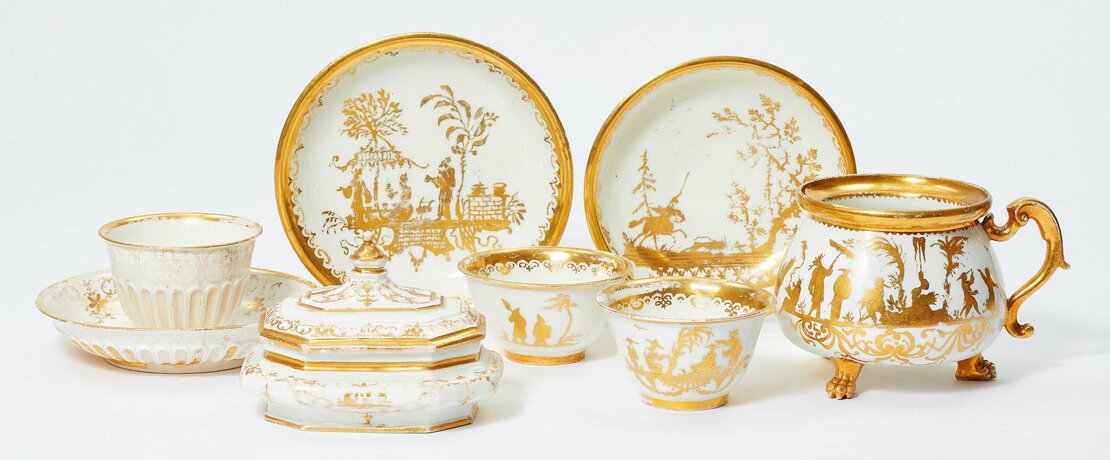
Despite the size and variety of the collection – encompassing around 500 items of Meissen porcelain – every piece manages to remain one of a kind with its own special and often exciting acquisition story. It was not uncommon that the couple would become involved in a bidding battle at auction only to find out later that they had allowed their passion to gain the upper hand and accepted a price that was far too high. In the end, however, it was not the material value that counted, but the joy of collecting, the pleasure of looking at and discovering art, and the priceless cultural enrichment. Tono and Renate Dreßen were also able to acquire a further special masterpiece of Meissen porcelain; a rocaille form clock case crowned by a figure of the goddess of the moon and hunt, Diana, and painted with colourful Watteau scenes by Johann George Heintze. We hope that its mechanism continues to count the hours for a collector’s passion and that its beautiful design continues to gladden their heart for many years to come!
Author: Prof. Dr. Ulrich Pietsch, Director i. r. of the Porzellansammlung der Staatlichen Kunstsammlung Dresden
Literature
Ernst Schneider cited from coll. cat. Schneider Lustheim 2004, p. 5.
